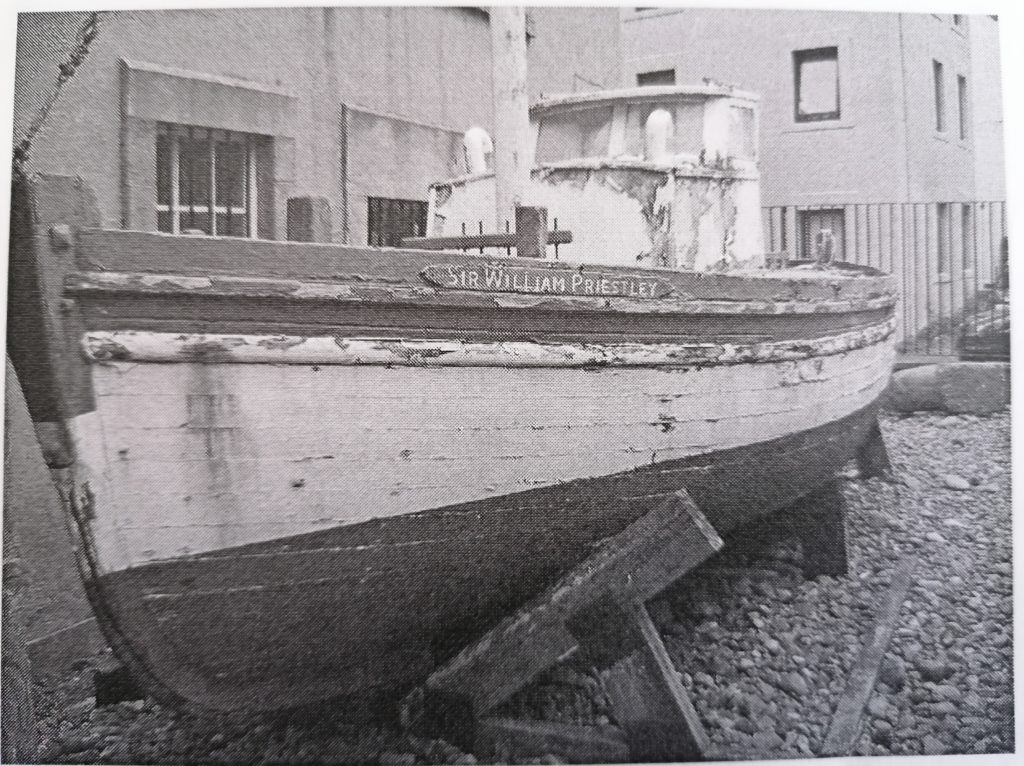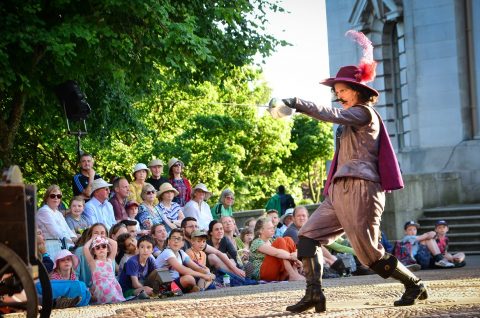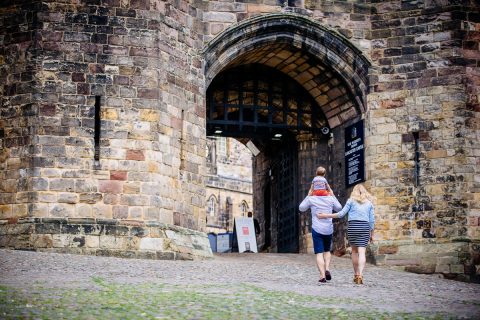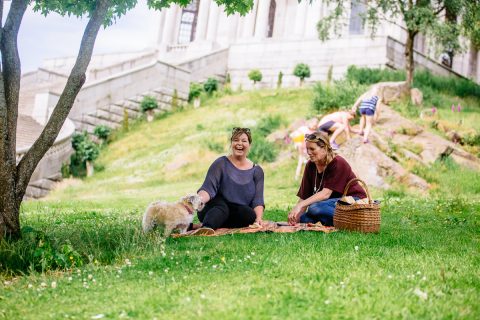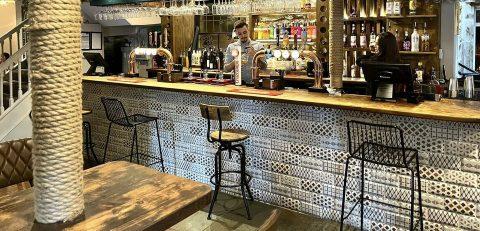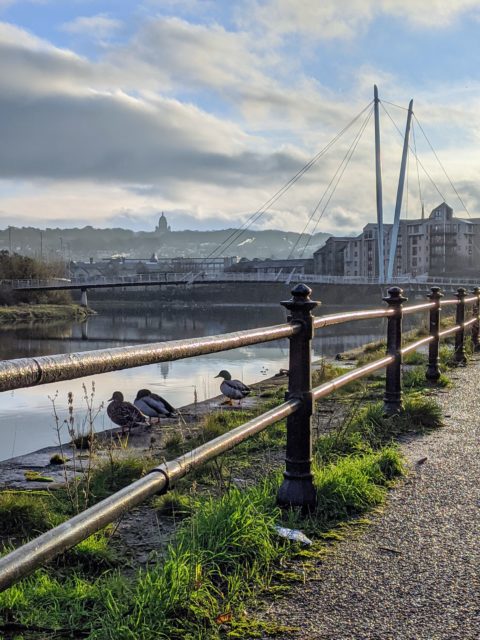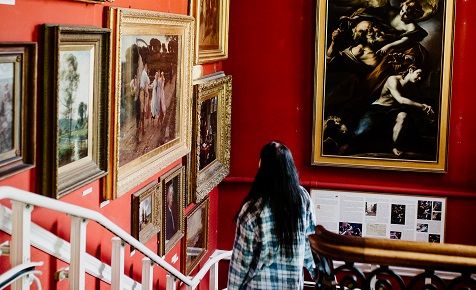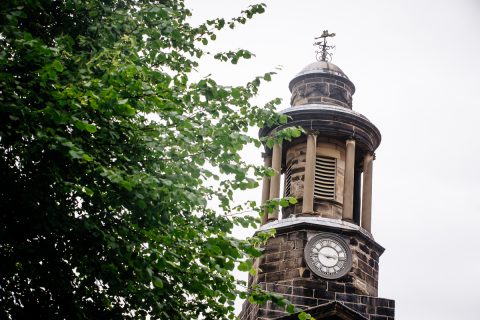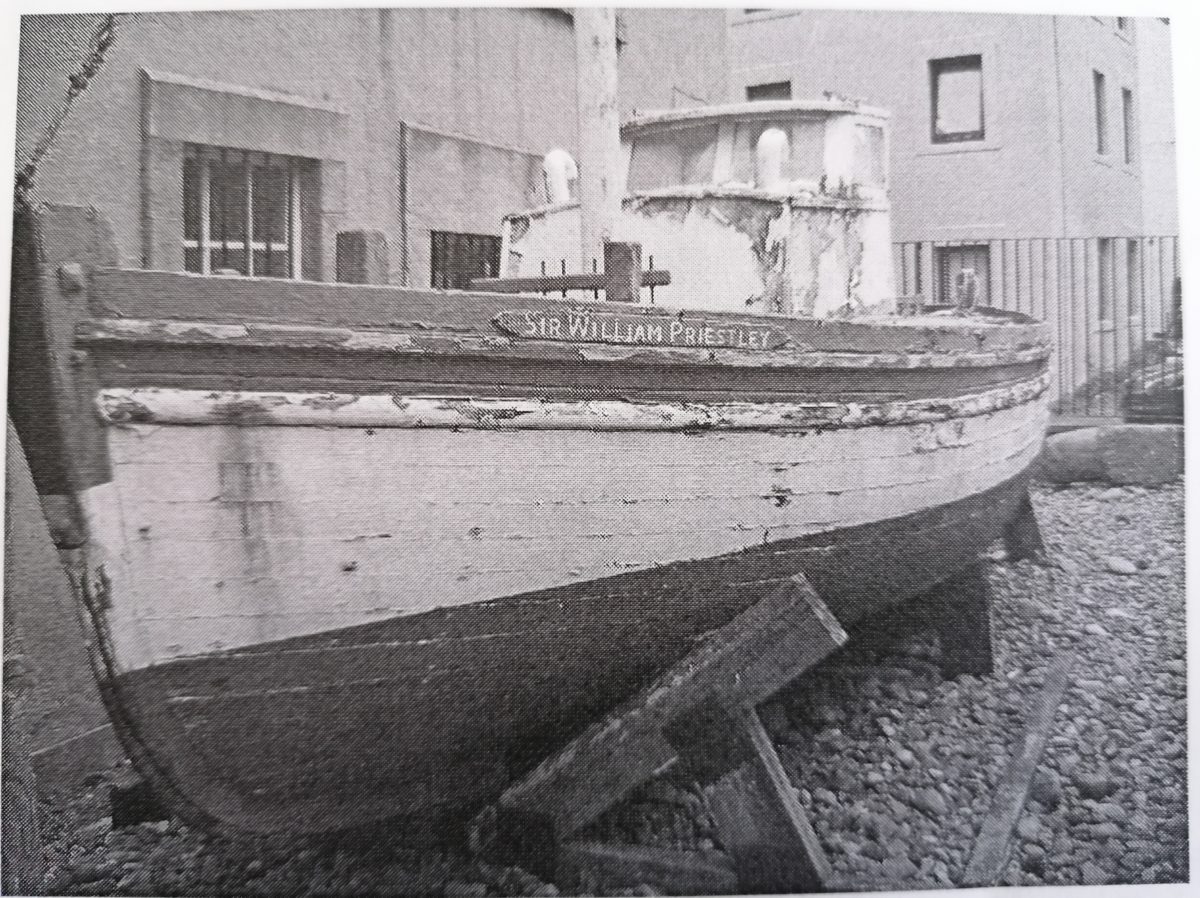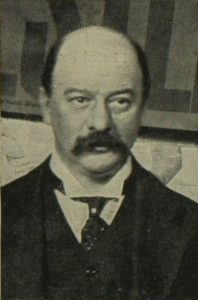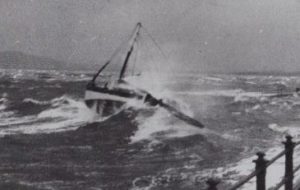Sir William Priestley
Why does a Yorkshire man feature in a Lancashire Museum?
Sir William Priestley
During the nineteenth century, despite the unparalleled growth of Britain as a major industrial power, the disparity between the rich and poor in society widened leading to the poorest members of society living in slum conditions in towns and cities where poverty, disease and overcrowding were widespread.
During the latter half of the nineteenth century, hundreds of charities were founded to deal with this poverty. Among of the smaller organisations which sprang up was the Cinderella Club, founded in 1889, which took much of its support from the Labour Church movement. This movement of Christian Socialists was founded as a reaction to the failure of the more traditional churches to support the working classes. The movement was centred in the industrial North of England and at the peak of their popularity in 1895 there were around fifty churches. By the end of the century, the movement was in decline but one of the legacies that it left was its strong support for the Cinderella Clubs that still exist today.
According to an article in the Leeds Mercury newspaper in 1890, the Cinderella Clubs were aimed
“to shed an occasional ray of light and cheer upon the dull lives of the slum children”.
The Club took its name from the popular pantomime. In practical terms, it was aimed to provide free meals and clothing to children.
Who was Sir William Priestley?
William Priestley (1859-1932) was born into a prosperous family of Yorkshire mill owners. He initially considered becoming an artist but the early death of his brother led him to becoming involved in the family business. Alongside his successful commercial activities he was active in politics and served as the MP for Bradford East from 1906 to 1919. He was involved with the Cinderella Club in Bradford from its beginnings in the 1890s. He was appointed the Mayor of Bradford 1904-1905.
In the previous year local economic depression had increased the demands of the Cinderella Club and 110,000 free meals had been provided to children. In order to continue to provide these services Priestley managed to raise £3,000 during his term as Mayor and a further 350,000 free meals were provided to children in 1904-5. In the following year the Education (Provision of Meals) Act 1906 legislated for the provision of free school meals to be introduced. This provision was influenced by the Cinderella Club in Bradford.
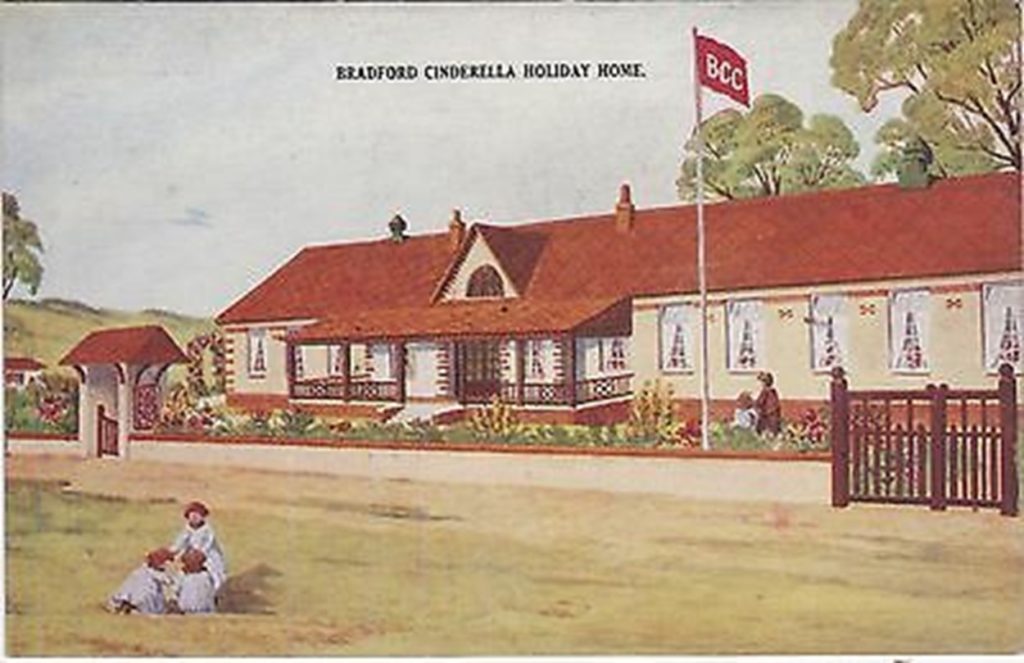
Morecambe, aka Bradford-on-Sea, a place of safety and refuge
Priestley provided the Cinderella Club with funds to establish a holiday home in Hest Bank. Morecambe was already a well-known holiday destination for workers in Bradford and due to this connection it gained the nickname “Bradford-on-Sea” due to the numbers of Bradford workers holidaying in Morecambe during the same periods when the Yorkshire factories were closed, “Bradford Week” became a fixture of the Morecambe calendar.
Land was purchased on the seafront near the attractions of Morecambe. Priestley officially opened the home in 1905 and continued to take an interest in it and support it until his death in 1932. The home operated from April to October and could cater to up to 40 children at a time. The children went for a fortnight each and all the food, accommodation and activities were funded by the Club.
Upon the outbreak of war in 1939 the home was converted into a centre for evacuees, including children who were evacuated from Bradford to protect them from wartime bombing. For the first time the club was open during the winter months and some children spent up to a year at the home. Sadly, during severe storms in 1977, the home was severely damaged and as all the repairs that would have been necessary were not covered by insurance the decision was taken to close the home in 1978. During the 70 years it was in operation the home had provided holidays to 50,000 youngsters.
Saving lives at sea, as well as on land
The Sir William Priestley battling against the tides
The other legacy that Priestley left to Morecambe was the lifeboat bearing his name. The decision of Morecambe fishermen to have a lifeboat in Morecambe was influenced by the tragedy of the Matchless pleasure boat in 1894. The boat was overturned when returning from a day trip to Grange-over-Sands, with a loss of twenty-five lives, from the 30 persons on board, making it the greatest single boating disaster to happen in the Bay. Those who survived were rescued by another pleasure boat, which was returning to Morecambe with passengers.
Morecambe Bay was very popular for pleasure cruising and for excursions. Alongside smaller boats like the which sailed to Grange-over-Sands and Silverdale, large steam ships were operated with destinations further afield to places including Blackpool, Fleetwood and Llandudno. Until the Matchless tragedy, rescue operations had relied upon the efforts of the fisherman in the Bay who also supervised the pleasure boats.
The Royal National Lifeboat Institution argued that Morecambe Bay was provided with adequate lifeboat provision by the boats stationed at Fleetwood and Blackpool and did not support Morecambe having its own lifeboat. Consequently, the Morecambe fishermen who had formed a Fishermen’s Association in 1893 decided to join together and provide and operate their own lifeboat service. The fisherman continued to operate the lifeboat themselves until the Fishermen’s Lifeboat Association folded in 1987.
The first lifeboat owned by the fishermen was bought second-hand from a River Lune salmon fisherman. This boat, the 18 ft Gyakhan, took up moorings near the Central Pier in the winter of 1895, the owners of the pier had agreed to the fishermen erecting two boarding platforms connected by iron ladders to one of the piles on the eastern side of pier, with an access trapdoor in the pier decking. This became “home” for the fishermen’s lifeboats until the service ceased in 1987, apart from one brief period when the lifeboat was moved to the old wooden jetty, due to the pier burning down in 1933.
The Gyakhan was found to be too small for the work and not heavy enough to be called upon to work in heavy seas. Many local businesses and eminent townsfolk rallied around the fishermen and funds were raised for the Association to commission Crossfield’s boatyard at Arnside to build a boat specifically designed to be used as a lifeboat. The new 24 ft boat named Rescue was a bigger and better boat than its predecessor and had buoyancy tanks to improve stabilisation and a pump to bail out water which had to be done by hand on the Gyakhan. After many years of providing a good service by the 1930s, the Rescue was coming to the end of her useful life. By this time several local fishing boats had been fitted with engines but due to the Rescue’s advancing years, it was thought too difficult to install an engine.
Crossfields were approached again to build the new lifeboat to replace the Rescue. The design commissioned was along the well-proven lines of the Nobbies but with some different features to improve performance. The 26 ft boat was constructed of carved larch planking on grown oak frames, the planking is iron fastened. The boat originally had an open cockpit with a small open cabin forward, however, it was later adapted and there is now a fitted deckhouse and cabin top. It is thought to have been originally fitted with a Thorneycroft Handy Billy engine.
The funding for the boat was provided by Lady Priestley on the condition the new boat would bear the name of her late husband Sir William Priestley who died in 1932. During his lifetime Priestley had been Chairman of the Bradford Branch of the Royal National Lifeboat Institution and national Vice President of the Institution.
The boat was officially launched by his widow Lady Priestley in his honour amongst great pomp and ceremony in 1934 which would have been the occasion of their silver wedding anniversary. The vessel remained in service until 1986 and afterwards was transferred to the Lancaster Maritime Museum where it remains today.
Although Priestley was born a Yorkshireman, his philanthropic efforts provided benefits beyond the county of his birth. His generosity provided thousands of children the opportunity to have a holiday by the Lancashire coast which they would otherwise not be able to enjoy. It is also fitting that a lifeboat which was funded by his family should bear his name. At the ceremony to launch the boat, Lady Priestley said in her speech,
“A very good and intimate friend of my husband has said that he was a great and good man, and I hope that when this boat has finished its service after many years it will always be associated with him and people will be able to say it has been a great and good boat”
What next for Sir William Priestley?
